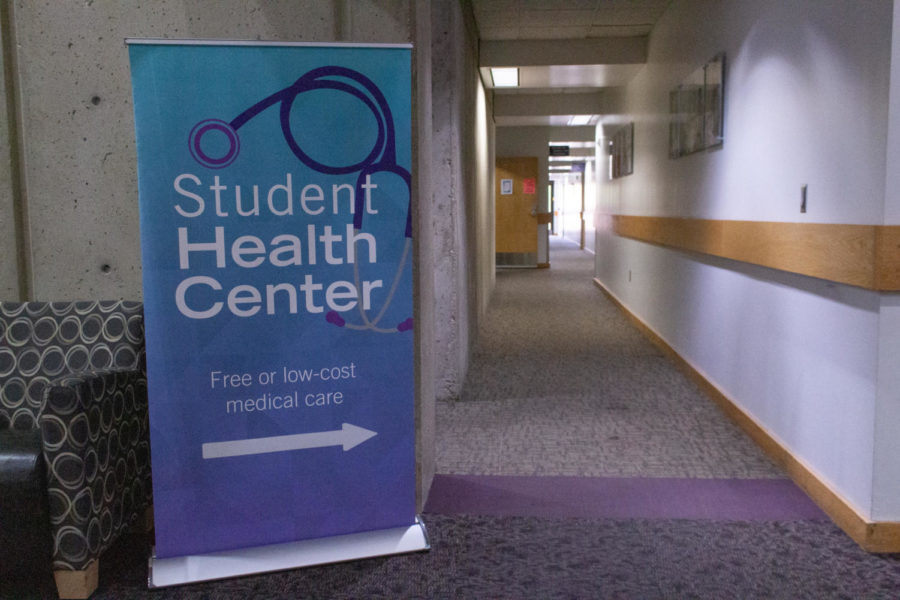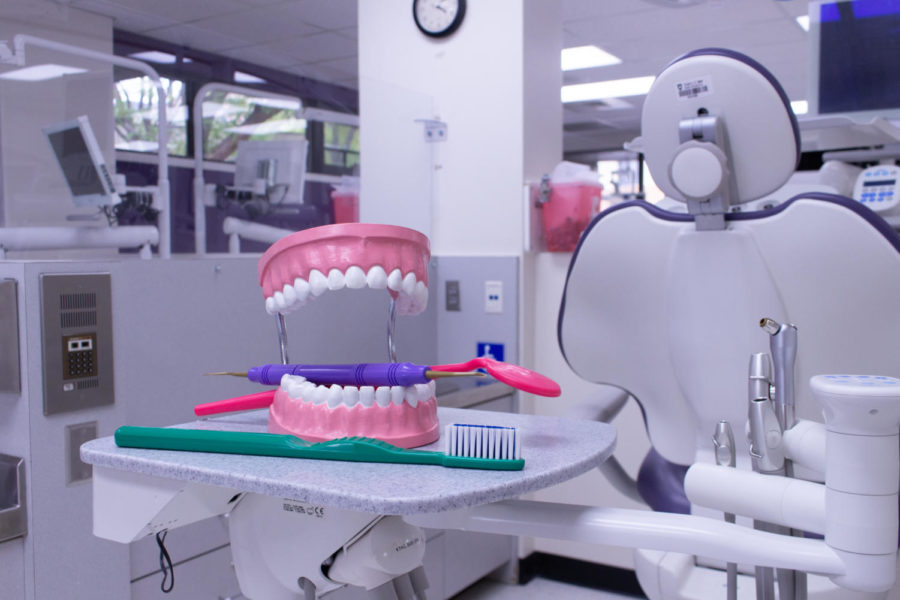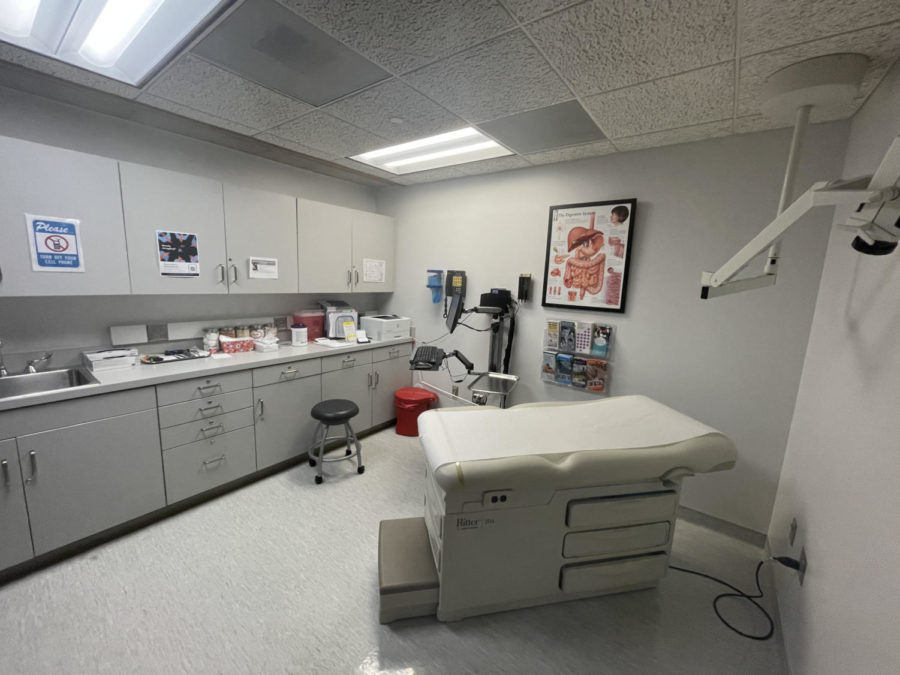No glove, no love. This simple little saying is what should become the mantra of most, if not all, sexually active individuals in today’s world. It should come as no surprise, in the world of resistant bacteria, which sexually transmitted diseases were going to become the next superbugs.
In May of 2009, two cases of failed treatment of gonorrhea of the pharynx were reported. There have also been diffuse reports of increasing drug resistance to the most commonly used pill form of cephalosporin, although none in the United States — yet — and incidents have just been increasing since that time. Antibiotic resistance tends to follow geography and sexual orientation. Typically, Southeast Asia has developed resistant isolates, and then those isolates have slowly spread across the Pacific, eventually coming to the U.S.
In the past, gonorrhea was easily cured with a shot of penicillin; the disease evolved and was only affected by one class of antibiotics called cephalosporins; today, though, some strains are showing signs of being resistant to even that.
Gonorrhea is the second-most commonly reported infectious disease in the U.S., according to the Centers for Disease Control and Prevention. The CDC estimates that more than 700,000 persons in the U.S. get new gonorrheal infections each year. Less than half of these infections are officially reported. In 209, 301,174 cases of gonorrhea were reported to the CDC.
Not everyone who is infected actually know that they are, which is contributing to the problem. Undiagnosed cases, or infections that are unsuccessfully treated, can create serious health problems, in addition to adding to the pool of resistant superbugs.
According to the CDC, in the U.S., the highest reported rates of infection are among sexually active teenagers, young adults and African-Americans. Interestingly, gonorrhea is also on the rise in the elderly. (Thank you, Viagra.) Regardless of the age group, though, gonorrhea is not something to be taken lightly. In many women infected, risk of pelvic inflammatory disease, infertility or ectopic pregnancies are majorly increased. And, regardless of gender, people infected with gonorrhea are also about three times more likely to become infected with HIV should they come in contact with the virus.
Roughly 30 percent of females who contract gonorrhea are co-infected with chlamydia. So far, chlamydia seems to respond well to medication, but a small number of strains have also started showing signs of developing drug resistance. Syphilis is another sexually transmitted disease that is starting to show signs of resistance. Between 2000 and 2004, the prevalence of azithromycin-resistant syphilis in one San Francisco clinic jumped from 0 percent to 56 percent.
Currently, the CDC is working on strategies to stop, or at least slow, the transmission of resistant STDs. Currently, in conjunction with the National Institute of Health, doctors are being instructed to give patients a ‘one-two’ punch of an oral and intramuscular injection using two different classes of antibiotics at once. Most doctors who are treating female patients with gonorrhea will also treat them as if they have a chlamydial infection, because, chances are, they do.
As most Weber State University students are in the group that is considered by the CDC as high-risk, it is important that students know the dangers that accompany certain behaviors. Remember, it is becoming much easier to prevent an STD than it is to treat one. If you’re going out in the rain, make sure you wear a rain coat.




















